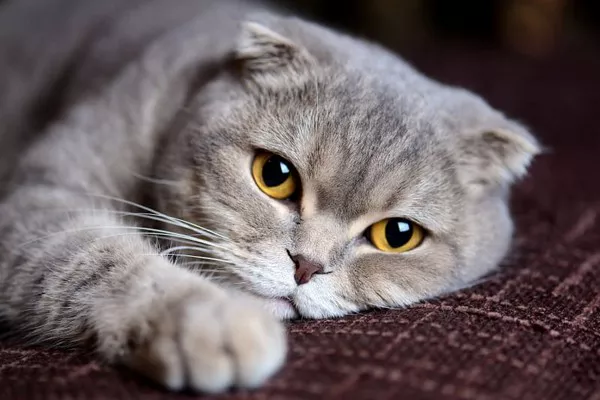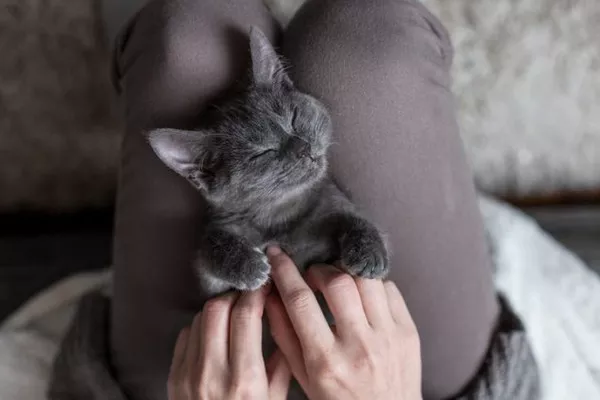Indian Ringneck Parakeets, scientifically known as Psittacula krameri manillensis, are popular pet birds cherished for their vibrant colors and charming personalities. One of the fascinating traits that has endeared them to bird enthusiasts is their ability to mimic human speech. While some individuals might possess better talking abilities than others, many Indian Ringnecks have proven to be quite proficient in imitating words and phrases. In this article, we will explore the factors that contribute to an Indian Ringneck’s ability to talk, tips for training them, and common challenges faced in teaching them new words.
Factors Affecting Talking Abilities
Species Variation: Indian Ringnecks belong to the parrot family, renowned for their exceptional speech capabilities. However, it’s important to note that not all individual birds within a species will have equal aptitude for talking. Some Indian Ringnecks may naturally possess a stronger inclination and ability to mimic sounds and words.
Socialization: Early and consistent socialization plays a crucial role in determining an Indian Ringneck’s talking abilities. Birds that have been exposed to human interaction from a young age tend to be more receptive and responsive to learning new words and phrases.
Environment: The environment in which an Indian Ringneck lives also impacts its talking skills. Birds raised in households with regular human interaction and conversation are more likely to develop a larger vocabulary compared to those in quieter environments.
Individual Personality: Each Indian Ringneck has its own unique personality, and this can influence their inclination to talk. Some birds are naturally more curious and vocal, while others may be quieter and less interested in imitating sounds.
Training Tips for Talking
Start Early: If you want your Indian Ringneck to learn talking, it’s best to start training at a young age. Younger birds are generally more receptive to learning and have a higher potential for developing their mimicry skills.
Establish a Bond: Building a strong bond with your Indian Ringneck is essential for effective training. Spend quality time together, engage in positive interactions, and create a nurturing environment that encourages trust and companionship.
Repeat and Reinforce: Repetition is key when teaching your Indian Ringneck new words or phrases. Speak clearly and consistently, repeating the desired words frequently. Positive reinforcement, such as treats or praise, can motivate your bird to continue practicing and learning.
Use Context: Incorporating words into meaningful contexts can help your Indian Ringneck understand their purpose and meaning. For example, saying “hello” when you enter the room or “goodnight” before bedtime can help them associate specific words with certain situations.
Be Patient: Teaching an Indian Ringneck to talk is a gradual process that requires patience and consistency. Some birds may start imitating sounds and words quickly, while others may take more time. Avoid getting frustrated and celebrate small victories along the way.
Challenges in Teaching Indian Ringnecks to Talk
While Indian Ringnecks are known for their talking abilities, there are some common challenges that bird owners may encounter during the training process:
Selective Learning: Indian Ringnecks have a natural tendency to select which words they want to imitate. Sometimes, they may prefer mimicking household noises or other sounds instead of human speech. It’s important to be aware that not all Indian Ringnecks will have a vast vocabulary or mimic words perfectly.
Clear Pronunciation: Some words or phrases may be difficult for Indian Ringnecks to pronounce due to their unique vocal anatomy. They might modify or replace certain sounds, resulting in imperfect renditions of words. It’s important to be patient and understanding while they develop their talking skills.
Individual Differences: Just like humans, each Indian Ringneck has its own learning pace and abilities. While some birds may quickly grasp new words and phrases, others may require more time and practice. It’s crucial to respect the individuality of your bird and avoid comparing it to others.
In conclusion, Indian Ringnecks have the potential to become excellent talkers, thanks to their parrot lineage and capabilities for mimicking sounds. With early socialization, consistent training, and a nurturing environment, these intelligent birds can develop an impressive vocabulary and entertain their owners with their talking abilities. Remember to be patient, celebrate progress, and enjoy the unique personality and charm that each Indian Ringneck brings into your life.
Related Topics:


























